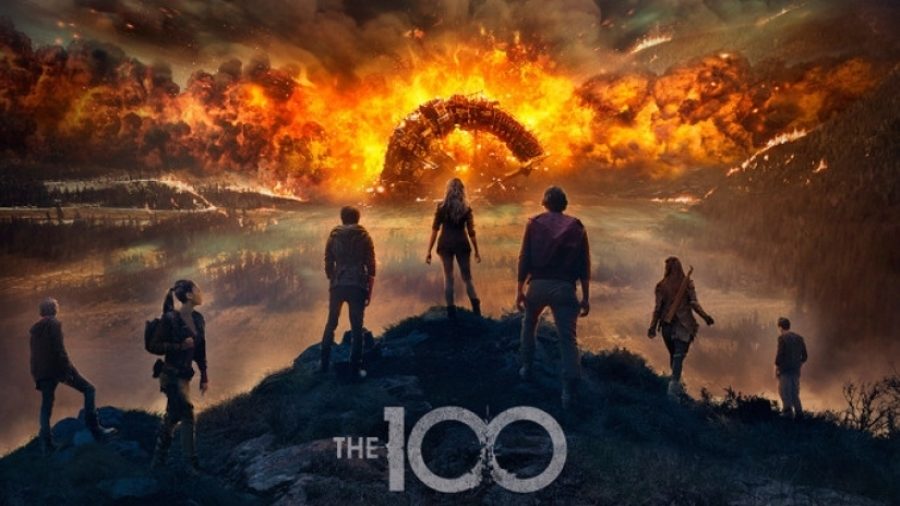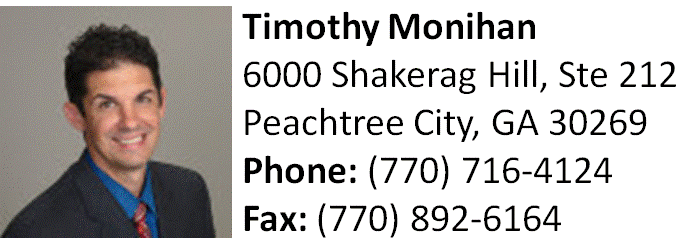For once, the film was better
Ninety-seven years after a nuclear apocalypse devastated Earth, 100 criminal teenagers are sent back to Earth because the last of humanity is running out of air in their space station called the ark. This television show/book series called “The 100,” is one of very few cases when the film is actually better than the book version.
May 3, 2018
Fans of the CW hit television show “The 100” prepare for more crazy, apocalyptic drama as the series’ fifth season was released April 24, 2018. However, with season five just beginning and season four ending in some huge cliffhangers, fans may decide they can’t get enough of their favorite science fiction world.
After searching the internet for a few minutes, fans may come across the four books the television show was based on. However, this is one of the few exceptions to the popular phrase “the book was better.”
In a post-apocalyptic world, Earth has been uninhabitable for 97 years due to a nuclear apocalypse. Twelve nations with space stations were all that was left of humanity, so they combined into one much larger, high tech space station called the ark. It will be another 100 years before Earth is habitable again and humans can finally go home.
Aboard the ark, life is much different than on Earth. Due to a lack of abundant resources and the fact that the people in space are all that is left of humanity (supposedly), all laws are roughly enforced and a rigid social hierarchy has formed. In this community, all crimes are punishable by imprisonment, the death penalty is used quite freely, and only a select few, high-ranking officials have any voice.
Unfortunately, the ark was only built to last for so long and the people on board are running out of time — and oxygen. Even though Earth is technically still uninhabitable, the ark’s officials decide to send 100 teenage criminals to Earth as humanity’s last hope.
Both the CW television version and the four books written by Kass Morgan follow this loose outline. However, this is where the similarities end.
Plot
Usually, the problem with film adaptations is a lack of detail and random action shots to fill time and attempt to engage the audience. In this case, the television show’s plot is much more intense and developed than the book’s.
The short summary on the back of the first book shows great promise. The execution simply falls flat. After the 100 land on Earth and the fight for survival begins, the plot should start picking up, but instead the book summaries’ initial sparks die out. Throughout the majority of the books, the characters simply mill about their campsite, have minor issues among themselves, or run off looking for something that will save only a couple of people. Even when things finally get more interesting, the reader realizes it has taken two full books to get there and they’ve wasted a lot of time that could have been spent watching the television show.
Where the book’s storyline is bland, the television show picks up immediately with major disputes among characters and the terrifying realization that there is a potentially radioactive forest between them and their next meal. Even within the first episode, characters have faced many of Earth’s beautiful and more disturbing aspects as well as individual characters coming to terms with their own boundaries and sense of self.
The World
With the actual setting and world, films often have an advantage as they can use the power of sight, In books, the author must include enough detail for the reader to picture everything themselves.
Unfortunately, the author of this series is not detail driven, and creating an accurate representation of this post-apocalyptic world by oneself is nearly impossible. There simply aren’t enough concrete details to fully build this world and map everything out. As the world itself is difficult to imagine, the way the world functions must come across through the characters, especially since, on Earth, they create the rules.
The directors, on the other hand, have created a world quite the opposite as everything is mapped out and truly allows the characters to come alive on the screen. The functions of this post-apocalyptic version of Earth are seen easier due to the vast and detailed settings the directors create. This especially helps as the 100 are combining their own rules with prior knowledge and what they are quickly discovering about Earth.
Characters
Considering the books and their television counterpart only share four of the same characters (Clarke, Bellamy, Wells, and Octavia), there is quite a bit to discuss here. The characters in the book aren’t as bland as the rest of the series, but after watching the television show, it becomes apparent they aren’t as in-depth or interesting as they could be. There are also huge differences in the characters’ personalities and ways of living.
Most of the characters in the book simply lack the depth and complexity those same characters in the television series portray. For example, in the books, Octavia, Bellamy’s younger sister, has no actual depth of her own. She is seen only as Bellamy’s motivation for coming to Earth and the reason he always makes the difficult decisions. Besides this, Octavia simply exists. In the television show, however, Octavia eventually becomes a strong warrior with a major role in settling disputes between the colonists and survivors of the apocalypse.
This lack of depth (and lack of time placed in their creation) is also seen through the Grounders, the people already on Earth. In the books, this community of survivors from the nuclear apocalypse live peacefully on Earth. Most of them interact peacefully with the 100, but they are only really described in relation to Earth’s newest settlers. The film version shows the Grounders’ traditions, rough way of life, extensive cities, and sometimes harsh interactions with each other and the 100 in depth. Plus, a little more conflict usually adds to the entertainment factor.
Season 5 Premiere: Eden
Caution: season 4 spoilers ahead.
Season four of “The 100” ended on quite a few huge cliffhangers (after the world basically ended a second time): Why haven’t those on the ark come back to Earth yet? Who is Clarke’s new nightblood friend? And what is the Eligius Corporation?
While season five’s premiere continues to raise more questions than it gives answers, it definitely provides viewers with a lot to look forward to.
The season five premiere picks up 42 days after praimfaya, the huge wave of radiation that was supposed to make Earth uninhabitable for five years, as Clarke is seen trekking across a desert in search of other humans.After realizing she is alone and that there is no way for her to enter the bunker in which the rest of humanity is living, she must learn to survive completely on her own.
The episode focuses mainly on Clarke’s survival following praimfaya. Viewers get quick snippets of some of their other favorite characters as well as a glimpse at where the rest of the season seems to be heading. Don’t worry it looks just as action-packed as always.








